Pressing
Molding is a process used to make rubber and silicone products. It involves placing the rubber compound in a mold and then applying pressure to create the desired shape. This process can be carried out using hydraulic or mechanical presses and can produce a range of products including seals, gaskets and hoses. The use of molding technology offers several advantages, including consistent quality, high precision and the ability to produce complex shapes. In addition, the process is cost-effective as it requires low investment in tools and equipment. This makes it a popular choice in the production of rubber products for a variety of industries, including automotive, industrial and medical.

Product description
Description
MAJK is continuously expanding its portfolio of seals and from 2020 we are producing not only by extrusion technology but also:
CM - (compression moulding) is a manufacturing technology in which the raw compound is inserted directly into the impression of a heated mould and when the mould is closed, the part is shaped and the rubber compound is subsequently vulcanised.
TM - (transfer moulding) transfer moulding is a production technology in which the raw compound is loaded into a chamber (tray) and when the mould is closed, the rubber compound is transferred from the chamber through the sprues to the footprint of the heated mould and then vulcanised.
IM - (injection moulding) injection moulding is a production technology in which the raw compound is inserted into the screw of a vulcanizing press, which fills a chamber (hopper) and then hydraulically injects from the chamber through sprues into the impression of a heated and closed mould. Subsequently, the rubber mixture is vulcanized. Production is carried out by experienced employees who previously worked at the companies Technická guma, SLZ, T-gum.
Properties
The properties of the products depend on the technology used and the choice of material. The most common uses are the engineering, paper, wood, mining, glass, electrical, chemical, and construction industries.
Versions
The properties of the products depend on the technology used and the choice of material. The most common applications are mechanical engineering, paper, wood, mining, glass, electrical, chemical, construction and other industries. The moulded products are produced in different shapes according to the mould and technology used. We currently own presses with plate sizes from 400x400 mm to 1100x1300 mm, workpiece weights up to 500 kg.
Material basis
These seals can be made from several types of homogeneous compounds and hardnesses - depending on the conditions of use. These are materials such as EPDM, NBR, SBR, FKM, MVQ. Specific weight ranges from 1.1 - 1.7 g/cm3 and hardness from 40 to 80 °ShA.
Our production offer includes:
- Elastomeric and sliding bearings
- Rubber and silicone sheets, boards, mats, flooring
- Rubberized products
- Rubber dust caps, cuffs, suction cups
- Rubber grommets, glands, membranes
- Rubber sleeves, plugs, couplings, caps
- Rubber bumpers, shock absorbers, feet, legs
- Polyurethane parts
- Other rubber products
Elastomeric and sliding bearings
Dilation of construction concrete structures, in other words bridge bearings reinforced with sheet metal or sliding bearings with a PTFE layer.

Rubber and silicone sheets, boards
Advantages of rubber and silicone boards and flooring.
When it comes to flooring options, rubber products are becoming increasingly popular due to their durability, safety and versatility. Whether you are looking for rubber sheets, planks, mats or flooring, you can be sure that our products are of the highest quality and offer many benefits.

Rubberized products
Rubber diaphragms made of pure rubber or fabric-reinforced rubber. Application: For water pumps, gas, fuel, dirty water and other liquids.
Rubber and rubber-steel lintels for stairs, overpasses, slippery driveways, etc. The overlays are manufactured according to the dimensions of the existing stairs. They are attached to the ground using screws with plastic pins. It is especially recommended for terrazzo, tiles or lattice stairs. They prevent slipping, especially in winter conditions. In the case of the version with a recessed sheet, they can have the so-called noses.
Rubber and steel-rubber shock absorbers (silent blocks) We produce shock absorbers of various shapes and applications. As components for damping vibrations in machines and equipment, from simple pads under machines to more complex ones for damping the running of machines and motors. They are made of rubber with different vibration and noise dampening properties.
Plates reinforced with iron fulfill the expansion function most often in concrete constructions.
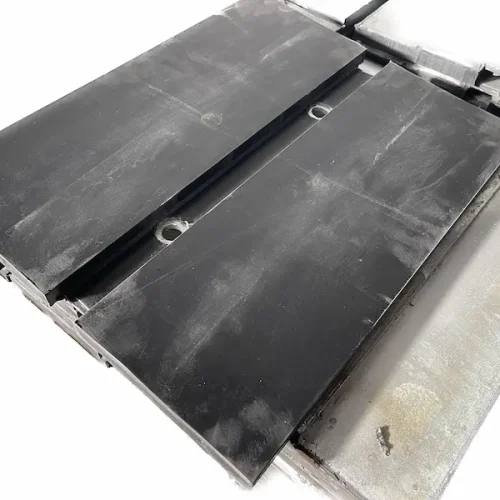
Rubber dust caps, cuffs, suction cups
Rubber dusters, sleeves and suction cups are essential tools used in various industries for various purposes. These tools are very versatile, durable and easy to maintain, making them ideal for use in various situations. The following lines will provide valuable information about rubber dusters, sleeves and suction cups, including their different properties, versions and material base.

Rubber grommets, glands, membranes
Rubber grommets, rubber grommets and rubber diaphragms are important components used in many industries including automotive, aerospace, medical and manufacturing. These tools are designed to provide users with durability, safety, versatility and easy maintenance.
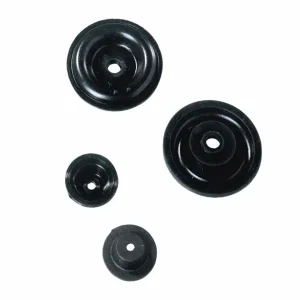
Rubber sleeves, plugs, couplings, caps
Rubber sleeves, rubber plugs, rubber couplings and rubber caps are essential tools used in various industries to connect, seal and protect various components. In this section, we will provide you with a comprehensive guide that covers their basic properties, various applications and material options.
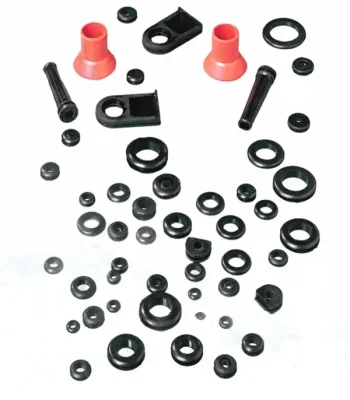
Rubber bumpers, shock absorbers, feet, legs
Rubber bumpers, shock absorbers, foot pegs and pads are essential tools used in various industries. These rubber-based products offer unique properties that make them ideal for various applications. In these lines, you will find valuable information about the basic properties and their various applications in various industries.
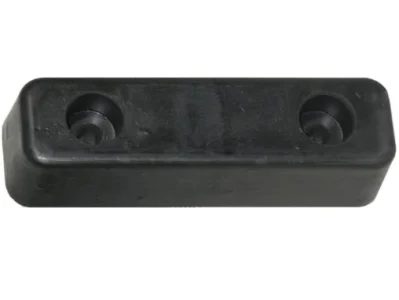
Polyurethane parts
Polyurethane (PU) is a versatile polymer material with a wide range of uses and applications. There are many different types of polyurethane products, each with its own unique properties and uses. Some of the most common types of polyurethane products are:
Polyurethane Elastomers: A rubber-like material with high wear resistance often used in products such as industrial seals, hoses and gaskets.
Polyurethane Coatings: Hard, durable coatings used on floors, wood finishes, and protective coatings on concrete and metal surfaces.
Polyurethane moldings: molded polyurethane parts used in many industries including automotive, electronics and medical.
Each type of polyurethane product has unique properties and uses, but all offer high durability, wear resistance and excellent insulating properties. Whether you are looking for a polyurethane elastomer or a strong and durable PU product, there is likely a solution that can meet your needs.
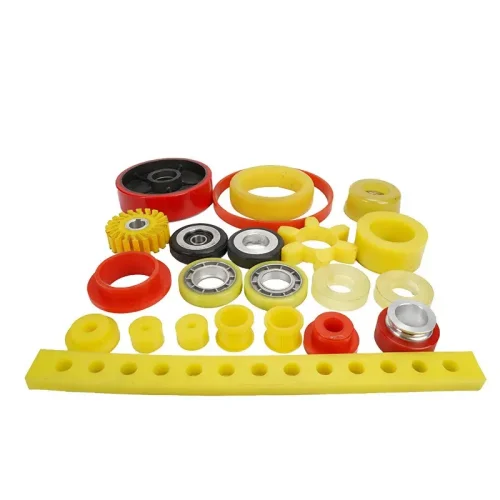
Other rubber products
tank seals, plate heat exchangers, air conditioning, lights, washers, aprons, hood holder, tarpaulin tensioner, jack support, rubber discs
“Other rubber products” refers to a wide range of rubber products used for various purposes. These include tank seals, which prevent leaks by sealing the joints between different parts of the tank; plate heat exchangers, which use flat rubber plates to transfer heat between fluids; air conditioning components such as gaskets and hoses that maintain the efficiency and safety of air conditioning systems; lamp seals that provide a tight seal between fixtures and fixtures; washers that are used to distribute loads or as spacers in various applications; and aprons that protect clothing and skin from dirt and contamination; washers that are used to distribute loads or act as spacers in various applications; aprons that protect clothing or skin from dirt and splashes; hood brackets that hold the hood of the car in place; sail tensioners to help check and adjust the tension of sail ropes; and lower supports that ensure the stability of the lifting equipment.
